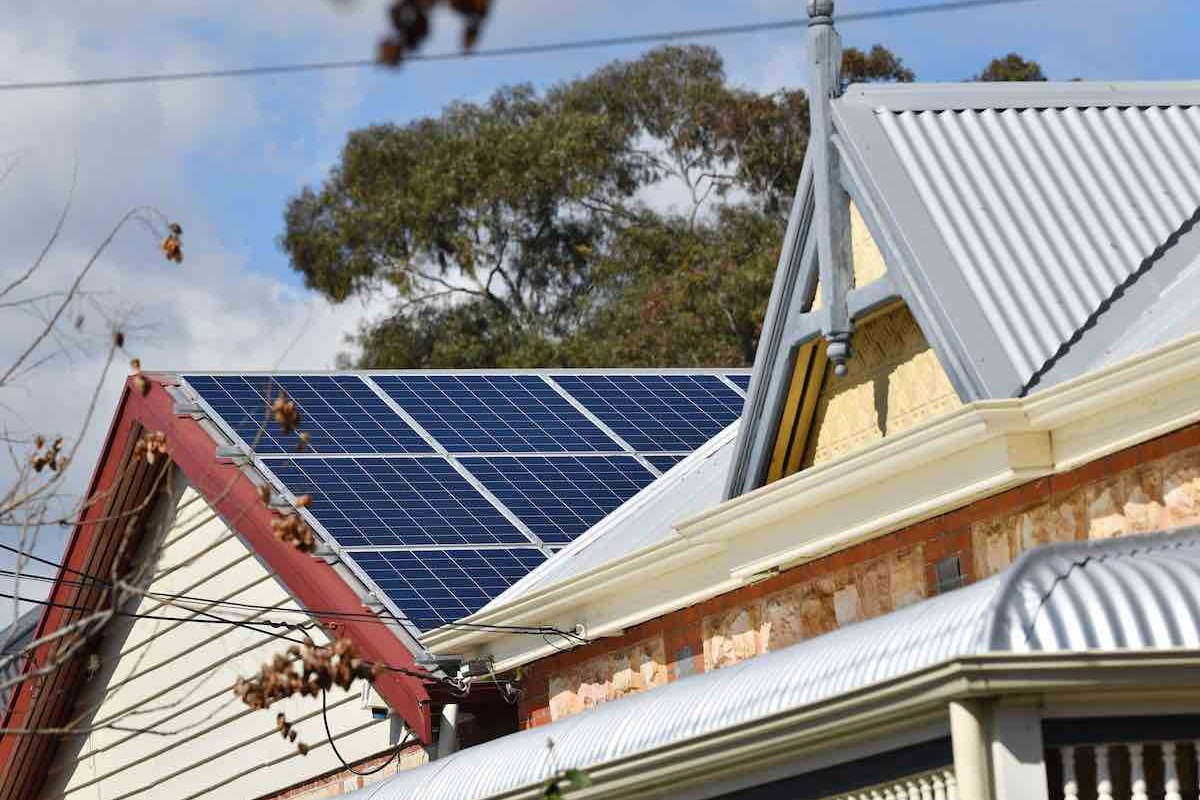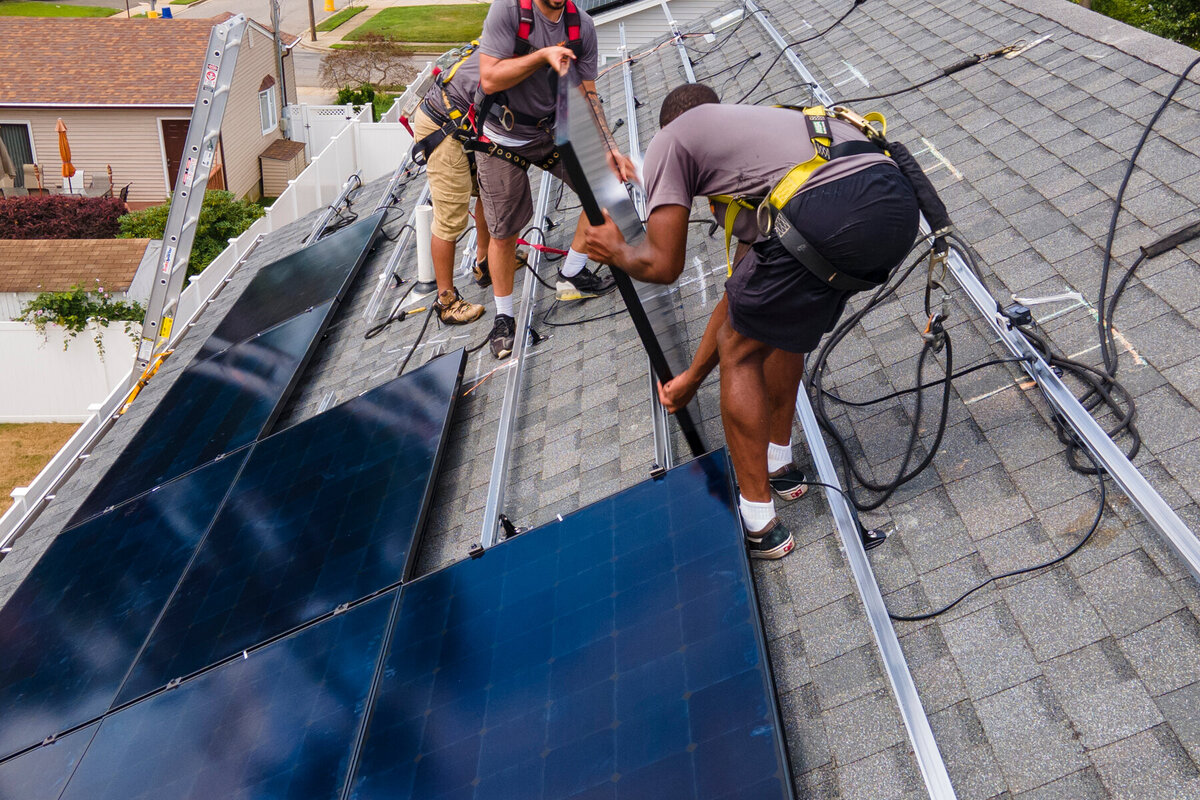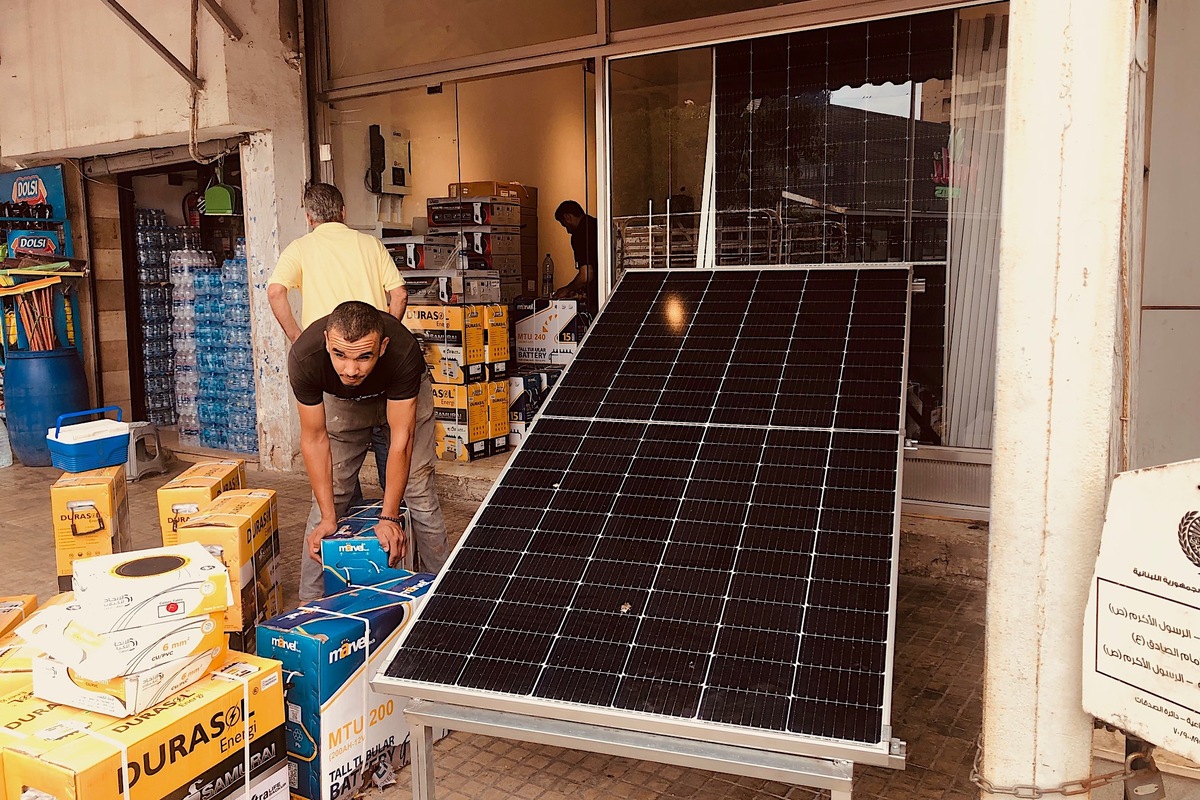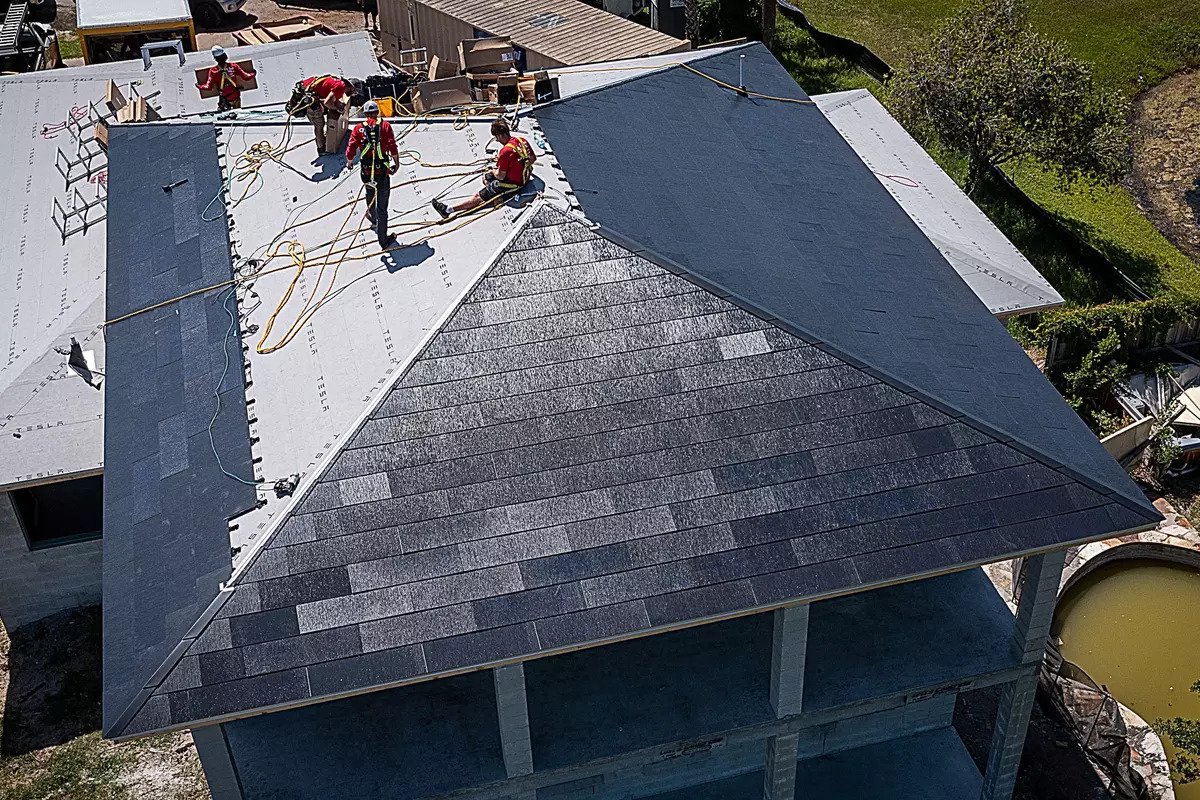The adoption of residential solar installations has gained substantial popularity in recent decades, driven by the potential for consumers to both minimize their carbon footprint and cut down on monthly electricity bills.
However, the extent of these savings can differ significantly based on factors such as geographic location, specific product choices, and a multitude of other variables.
In this article, we’ll look at how much you can potentially save with solar panels.
Average Cost for the Panels and Installation
Before delving into potential long-term savings, you first have to grasp the initial expenses associated with installing a solar system.
The costs of solar installation exhibit significant variability, ranging from as low as $5,000 for a small system to surpassing $40,000 for large, high-end setups. The average expense for solar panels along with installation can differ by state, spanning from $13,000 to $20,000 for a 6-kW system.
If you’re seeking additional energy storage, optional solar batteries can be incorporated into any solar system to capture surplus energy during daylight hours. These batteries can then be utilized to power homes during evenings, rainy days, or even during outages and natural disasters.
The cost of a solar battery system can range widely, from $200 for a single emergency battery to $14,000 for a comprehensive lithium-ion setup. While solar batteries remain an elective feature, they can potentially enhance long-term savings based on the unique energy demands of a household.
Solar systems generally require minimal maintenance and boast a lifespan of around 25 to 30 years before experiencing a decline in efficiency.
As long as the panels remain clean and unimpaired by environmental factors, you don’t have to concern yourself with additional expenditures beyond the initial installation costs until the panels eventually start to degrade.

Average Savings from Installing Solar Panels
The typical American household expends roughly $125 per month on their energy bill. If your solar system is sufficiently robust to entirely offset your energy consumption, potential savings of up to $1,500 annually could be in store for you.
Although immediate reductions in your power bill will be evident once you install the solar system, the comprehensive net savings will become apparent over several years of use—after your power bill savings have covered the initial panel and installation costs.
Assuming approximately $12,000 for startup expenses, factoring in various rebates, it might take about eight years to reach a point of breaking even on your solar investment, considering current average energy rates and production figures.
Given that solar panels generally sustain efficiency for 25 to 30 years, you would still enjoy 17 to 22 years of energy cost savings. With an estimated annual savings of $1,500, you could potentially accumulate between $25,500 to $33,000 in electricity savings over the lifespan of your system—even if energy prices don’t escalate.
As each household possesses distinct energy requirements, your savings might vary slightly from the average estimation provided above.
Nevertheless, it’s likely that your solar panels will ultimately offset their own costs and leave you with a surplus of savings.




